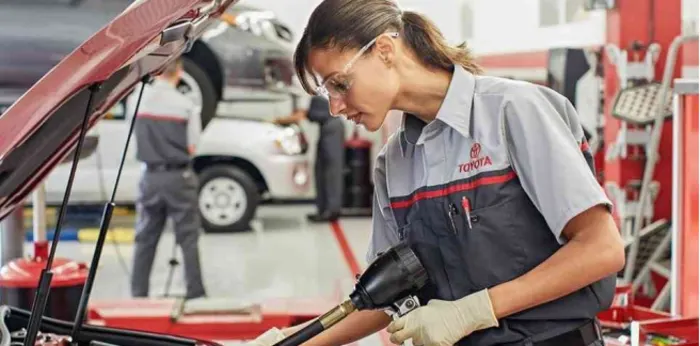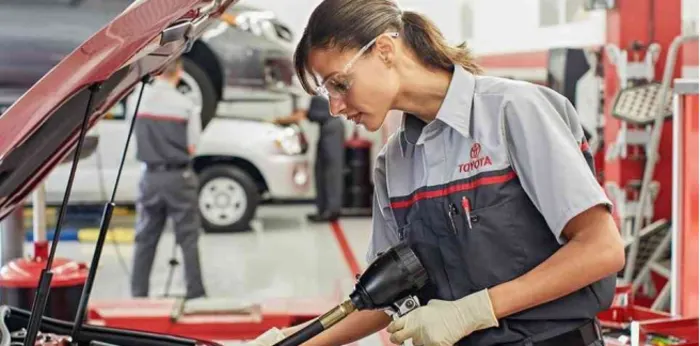
A short guide to winter maintenance for your vehicle
The change of seasons brings its share of tasks to adapt to winter weather. When the cold season sets in, your vehicle requires a little TLC to keep it running smoothly and safely.

The change of seasons brings its share of tasks to adapt to winter weather. When the cold season sets in, your vehicle requires a little TLC to keep it running smoothly and safely. Seasonal maintenance is frequently overlooked by vehicle owners, who tend to underestimate its importance. Failing to take care of certain components can be both time-consuming and costly. So here are a few tips.
First of all, you are legally required to equip your vehicle with winter tires starting December 1. How do you make sure that your tires are in fact winter tires? Look for the snowflake symbol on the side of the tire.
Secondly, there is one vital component that can fail during the cold season: the battery. This is because cold weather makes it difficult for the battery to generate enough power to start the engine — and a car that doesn't start isn't very useful. Car batteries have a limited lifespan: about three or four years, or approximately 100,000 kilometres.
Other parts also require your attention, such as the windshield wiper blades. They are not used as much in the summer, but they become very useful during the cold season. Obviously, these parts immediately attract our attention when they stop working properly. However, other components typically go unnoticed and are easily overlooked. In winter, the fluids that circulate under the hood are critical to keeping the engine, transmission, steering, brakes, and cooling system running smoothly. A winter tune-up is needed so that oils and other fluids can be drained and refilled if required.
As Michel Gélinas, General Manager at Léveillé Toyota, explains: “In Quebec, large temperature fluctuations can cause fluids to degrade rapidly. For example, oil that no longer has adequate viscosity can cause mechanical damage to a vehicle. Humidity also has a huge impact on all fluids that are vital for car components.”











